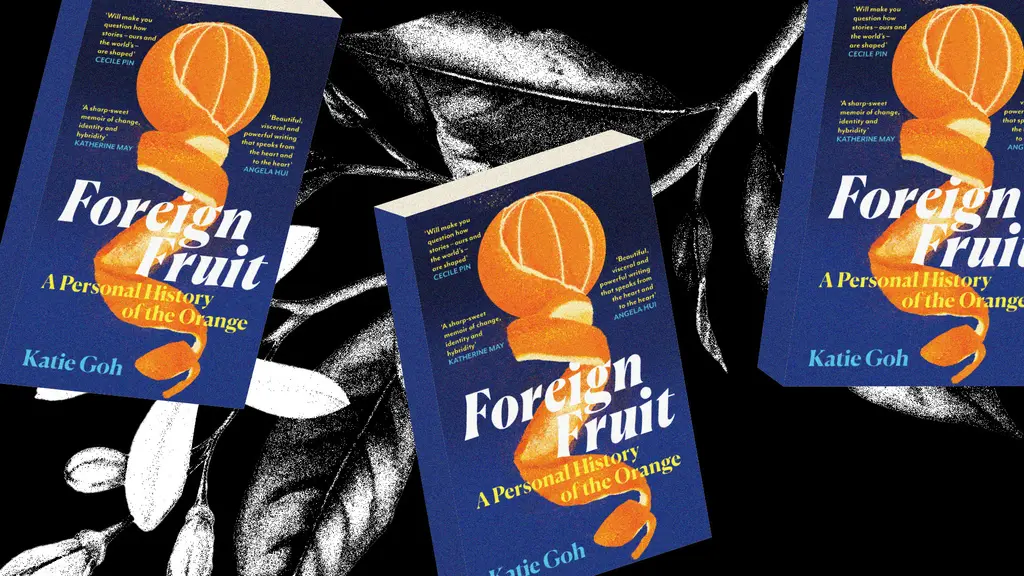A huge space of waste
- Text by Josh Jones
- Photography by Matt Hass

According to Respect Food (2021), approximately seven million tonnes of food are wasted in the UK every year. During the Christmas period, two million turkeys, five million Christmas puddings, and 74 million mince pies get disposed while still edible, causing almost 270,000 tons of food waste. If you’ve got leftover food, recycle it. But where does it go when you do? Well, often it will go to an In-Vessel Composting (IVC) facility to be turned into compost for a range of agricultural and horticultural applications.
In the UK, resource management company, Veolia currently processes over 500,000 tonnes of garden and food waste every year. We paid a visit to their huge Padworth IVC just west of London, which has the capacity to process up to 32,000 tonnes of garden and food waste, saving 960 tonnes of CO2 equivalent. Virtually all of the compost they produce is used by farms within a 20-mile radius of the site.


Sara Perry, Veolia Strategy Manager, Treatment took us through the eight-week, four-step process:
SHREDDING: The waste is shredded to make it a consistent size and allow the movement of air and moisture through it.
SANITISATION: The shredded waste is loaded into the tunnel process system. Our technology monitors air flow, heat levels and moisture 24 hours a day. It heats to over 65°C, sanitising the waste and killing any pathogens.
STABILISATION: The composting material is moved out of the tunnels and into the huge stabilisation area, where it sits on an air system, encouraging the biological break- down of the food and garden waste to continue.
MATURATION AND SCREENING: After the material has passed quality checks, it’s ready to be screened. Screening is essentially a huge sieve which separates the fine high- quality composting material from the oversized material. The fine material is now ready to go to farmers or garden centres.
Sara Perry, Veolia Strategy Manager, Treatment took us through the eight-week, four-step process:
SHREDDING: The waste is shredded to make it a consistent size and allow the movement of air and moisture through it.
SANITISATION: The shredded waste is loaded into the tunnel process system. Our technology monitors air flow, heat levels and moisture 24 hours a day. It heats to over 65°C, sanitising the waste and killing any pathogens.
STABILISATION: The composting material is moved out of the tunnels and into the huge stabilisation area, where it sits on an air system, encouraging the biological break- down of the food and garden waste to continue.
MATURATION AND SCREENING: After the material has passed quality checks, it’s ready to be screened. Screening is essentially a huge sieve which separates the fine high- quality composting material from the oversized material. The fine material is now ready to go to farmers or garden centres.


A version of this story was originally published in Sandwich Magazine Issue 6: The Leftovers Issue. You can buy the latest issue here or follow Sandwich on Instagram.
You might like

Katie Goh: “I want people to engage with the politics of oranges”
Foreign Fruit — In her new book, the Edinburgh-based writer traces her personal history through the citrus fruit’s global spread, from a village in China to Californian groves. Angela Hui caught up with her to find out more.
Written by: Angela Hui

In Queens, local surfers are moulding a neighbourhood in their own renegade images
Rockaway breaks — On a little-known stretch of beach in eastern New York City, an ecosystem of wave catchers, and the local bars and restaurants that fuel them, is seeing a boom. Paolo Bicchieri meets the residents and business owners behind the growing swell.
Written by: Paolo Bicchieri

Exploring Yemen’s rich, historic culinary culture
Newly published book ‘Bittersweet: A Story of Food and Yemen’ looks at the food and humanity of region whose narrative is so often dominated by conflict.
Written by: Isaac Muk

In Photos: Gordon Ramsay and Sandwich magazine host star-studded party
The event celebrated Sandwich magazine’s eighth issue, guest edited by cover star Chef Ramsay.
Written by: Ben Smoke

Gordon Ramsay introduces Sandwich issue #8
The world famous chef takes the helm as guest editor of the 8th edition of our sister magazine, Sandwich, in the Chef’s Special issue.
Written by: Gordon Ramsay

King Cook’s Insider’s Guide to East London
From pie mash to street art and underground boxing, King Cook leads us on a tour of the spots that made him.
Written by: King Cook